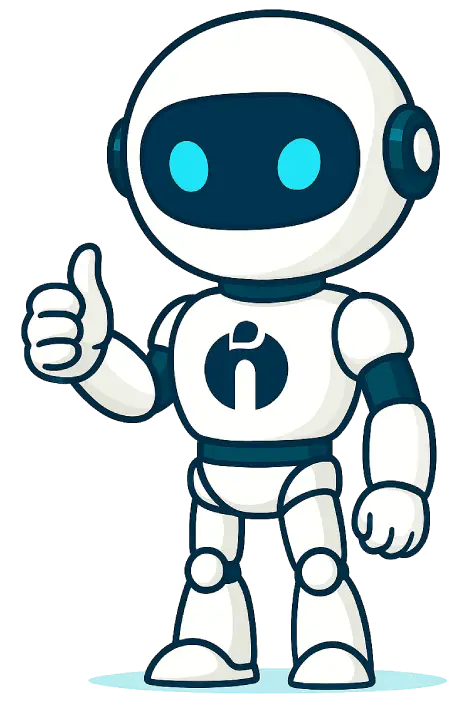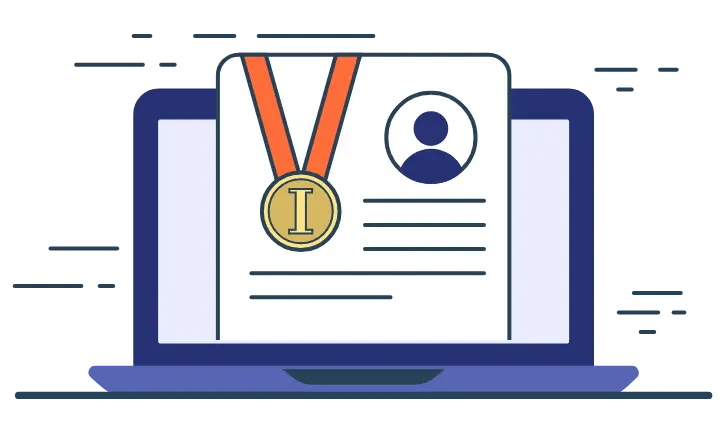TL;DR
- A recruiting CRM is essential for achieving and managing diversity hiring goals effectively.
- Key CRM features include bias detection, automated outreach, candidate tagging, and collaborative feedback.
- Data and analytics help track diversity metrics, identify bottlenecks, and measure success.
- Automation enables personalised, bias-free candidate engagement, aiding inclusive recruitment.
Introduction
In today's world, creating a diverse and inclusive workplace is more than just a nice idea; it’s essential. If your firm wants to survive and grow, you need people from different backgrounds, experiences, and perspectives. But so far, setting diversity hiring goals isn’t enough. You need a plan to reach those goals, and that’s where a recruiting CRM (Candidate Relationship Management System) comes in.
Think of your CRM as your recruitment sidekick. It helps you build relationships with candidates, keep track of their progress, and make better hiring decisions based on real data. In this guide, you’ll learn how a recruiting CRM can help you meet your diversity hiring goals, what tools and features to look for, and how to use them to make your hiring process more inclusive and effective.
Understanding the Role of Recruiting CRM in Modern Diversity Hiring
How have Recruitment CRM changed?
A few years back, CRMs were mainly used for sales and customer support. But now, recruitment teams use CRMs to manage relationships with job candidates, just like salespeople manage relationships with customers. Modern recruiting CRMs are faster, smarter, and packed with helpful features. They allow you to personalise communication, track every candidate’s journey, and automate repetitive tasks that eventually increase the productivity of the team. You may explore more about recruiting CRM in our content hub.
Why Recruiting CRM Matters for Diversity Hiring?
Diversity hiring means making sure your team reflects a wide range of backgrounds, like different genders, races, abilities, and life experiences. Recruiting CRM helps you stay organised and focused on these goals.
With a perfect recruiting CRM, you can:
- Create and manage diverse talent pipelines
- Avoid unconscious bias by using fair templates and workflows
- Track progress with real-time data and reports
Key Recruiting CRM Features That Support Inclusive Hiring
Here’s what to look for in a recruitment CRM if you’re serious about diversity hiring:
- Bias detection: Spot and fix language in emails or job posts that might discourage certain candidates.
- Automated outreach: Send messages tailored to different audiences.
- Candidate tagging: Mark candidates based on skills, backgrounds, or self-reported information (always keep it compliant).
- Collaborative feedback: Collect fair reviews from multiple interviewers.
Using Recruiting CRM Analytics to Reach Diversity Hiring Goals
Data helps you see what’s working and what’s not. Recruitment CRM’s analytics features let you:
- Find out which sources bring in more underrepresented candidates
- Measure how diverse your talent pool is
- See where candidates drop off in the process so you can fix bottlenecks
Tracking Diversity Goals with CRM Analytics
Start with the Right Metrics
Before you start tracking, decide what “diversity hiring” means for your company. Are you aiming to hire more women in tech roles? Do you want to support neurodivergent candidates? Define your goals, then set up tracking fields in your CRM.
You can track things like:
- Gender and ethnicity (with consent)
- Candidate source (e.g., diversity job boards)
- Application stage (e.g., screening, interview, offer)
Make Decisions Based on Data
Once recruitment CRM starts collecting data, you’ll see patterns. Maybe a certain job board brings in great candidates from underrepresented groups. Or maybe candidates drop out after the first interview. Use this information to tweak your process.
Measure Your Success
There are several recruitment KPIs but you don’t need to track all of these, just a few meaningful ones. Here are some good diversity hiring metrics:
- % of applicants from underrepresented groups
- Time-to-hire for diverse candidates
- Conversion rate from interview to offer
- % of diverse hires year over year
Use these metrics in your monthly reports and share them with your team. It keeps everyone focused and accountable.
Automating Inclusive Candidate Engagement
Speak to Candidates as Individuals
People want to feel seen and respected. Recruiting CRM can help you write emails that sound friendly and personal, not robotic. You can create different email templates for different roles or candidate groups, and still keep it inclusive.
For example:
- "Hello James, we’re looking for someone who values collaboration and diverse thinking. Your experience stood out to us."
- "Hi Sarah, I loved reading about your recent work in community outreach..."
Use Bias-Free Outreach Templates
Some words can turn people off without you realising it. For example, words like "rockstar" or "ninja" may feel too masculine or exclusive. Many CRMs now come with writing tools that flag biased language and suggest alternatives.
Build a library of templates that:
- Use plain, inclusive language
- Avoid gender-coded words
- Focus on skills and values, not personality types
Build and Nurture Diverse Talent Pools
Don’t wait until a job opens up to look for diverse candidates. Use recruitment CRM to build long-term relationships. Tag candidates who attend diversity events, apply through inclusive job boards or are referred by diverse team members. There are many ways to improve diversity in your existing team but for the current talent pool,
keep them in touch:
- Share newsletters or company updates
- Invite them to virtual events
- Ask for feedback on your hiring process
- This helps you create a warm, welcoming brand that people want to be part of.
Syncing Your CRM with Broader Diversity Plans
Match CRM Actions with Company Strategy
If your company has a DEI (Diversity, Equity & Inclusion) strategy, your recruitment CRM should support it, not sit on the sidelines. For example, if your DEI plan includes hiring more disabled talent, make sure your CRM tracks accessibility needs and allows tailored communication.
Connect Different Systems
Your recruitment CRM shouldn’t work in a silo. It should integrate with tools like:
- LinkedIn Recruiter
- Job boards focused on diversity (e.g., DiversityJobs, Evenbreak)
- HR systems (like Workday or BambooHR)
- DEI dashboards for reporting
This creates a clear, connected view of your hiring efforts.
Stay Compliant and Ready to Report
Your CRM can also help you meet legal requirements. Use it to:
- Track consent for demographic data
- Generate reports for audits or board reviews
- Prove that your hiring practices are fair and consistent
Conclusion
Your diversity hiring goals shouldn’t just live in a slide deck, they should come to life in your daily hiring process.
With the right recruiting CRM, you can:
- Build strong, respectful relationships with candidates
- Make smart, fair decisions using data
- Keep your team aligned and accountable
Diversity hiring takes effort, but it’s worth it. A more inclusive team brings fresh ideas, stronger performance, and better outcomes for everyone. And recruiting CRM? It’s the tool that helps you get there.
FAQs (Frequently Asked Questions)
Q1: What is the meaning of diversity hiring?
A: Diversity hiring means finding and hiring people from a wide range of backgrounds, including different races, genders, ages, abilities, and experiences. It’s about building a team that reflects the world around you.
Q2: What are some good diversity hiring strategies?
A: You can try using inclusive job ads, sourcing from diverse job boards, running blind resume reviews, and involving varied interview panels.
Q3: How does a Recruiting CRM help with diversity hiring?
A: A CRM helps you track candidates, send inclusive messages, measure progress, and build long-term relationships with diverse talent.
Q4: What are the best practices for reaching diversity hiring goals?
A: Set clear, realistic goals. Use data to guide your efforts. Write inclusive messages. Review your progress often. Make sure your team understands and supports your goals.














.webp)


